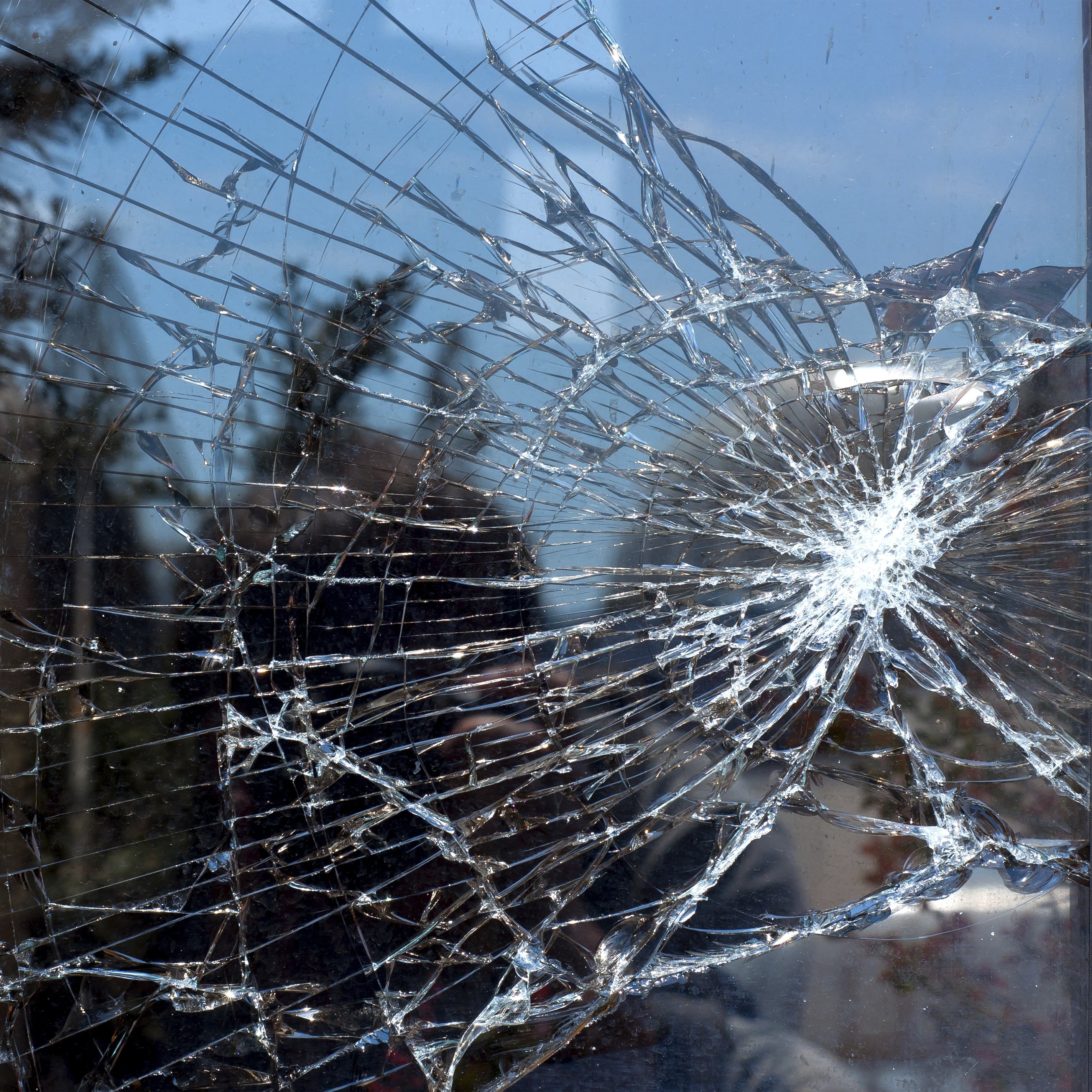Cars and Drivers
Montana Most Dangerous State for Teen Drivers

Published:
Last Updated:

Car crashes are the leading cause of death among teenagers, accounting for 33% of all teen deaths. The national average rate of teen driving fatalities is 0.5 deaths per 100,000 population. The state of Montana’s teen fatality rate is more than three times that at 1.7 deaths per 100,000 population.
The other four states at the bottom of the rankings are North Dakota, Louisiana, South Dakota and Mississippi. The five states with the lowest number of teen fatalities per 100,000 population are Massachusetts, Maryland, Alaska, Virginia and California.
The data were reported last Friday by CarInsurance.com, and in addition to fatality rates the researchers also considered four other metrics:
GDL laws vary from state to state and typically include five key components: a permit age, practice driving hour requirement, license age, restrictions on night driving and restrictions on teen passengers. According to the researchers:
States with the strongest laws have the highest reductions in fatal crashes among 15- to 17-year-old drivers and the highest reductions in collisions reported to insurers among 16- to 17-year-old drivers, compared to states with weak laws, according to Insurance Institute for Highway Safety (IIHS) and Highway Loss Data Institute (HLDI) research.
In its own survey of 500 parents asking about their teens’ driving habits, CarInsurance.com reports that more than half of parents allowed their teens to violate one or another GDL provision. The most common, broken by 33% of respondents, was allowing their children to drive with friends. Nearly as many (30%) allowed their teens to drive at night.
Teen death rates from car crashes could be cut at least in half in five states if the states had more effective GDL laws: South Dakota (63% reduction possible), North Dakota (56%), Iowa (55%), Montana (53%) and Arkansas (50%).
The report includes an interactive map indicating possible reductions in every state if GDL laws were stricter.
The report cites research from the Centers for Disease Control and Prevention (CDC) that ranks states on the percentage of high school students age 16 and over who reported drinking and driving. The five worst scores were posted in Montana (13%), Arkansas (12%) and District of Columbia, North Dakota and Texas (11%).
Citing another CDC survey on teens reporting that they were texting and emailing while driving, the five states with the worst scores are South Dakota (61%), North Dakota (59%), Montana (56%), Wyoming (51%) and Oklahoma (51%).
When it comes to car insurance costs for teen drivers, Massachusetts — the state with the lowest teen fatality rate — is the 24th most expensive ($3,752 per year) and Montana — the state with the highest teen fatality rate — ranks 25th ($3,721). As car owners know, insurance rates are derived on a case-by-case basis depending on, among other things, the number and cost of claims filed in the driver’s location, the driver’s record and the type of car driven.
Last October we wrote about another survey on highway fatality rates for all drivers in every state. In that survey, researchers from the University of Michigan reported that the state of Montana posted the country’s highest fatality rate of any state at 22.6 per 100,000 based on data for 2013. Montana also had the fifth-highest percentage (40%) of highway fatalities where the driver’s blood-alcohol level was above 0.08 grams/deciliter.
Want retirement to come a few years earlier than you’d planned? Orare you ready to retire now, but want an extra set of eyes on your finances?
Now you can speak with up to 3 financial experts in your area for FREE. By simply clicking here you can begin to match with financial professionals who can help you build your plan to retire early. And the best part? The first conversation with them is free.
Click here to match with up to 3 financial pros who would be excited to help you make financial decisions.
Thank you for reading! Have some feedback for us?
Contact the 24/7 Wall St. editorial team.